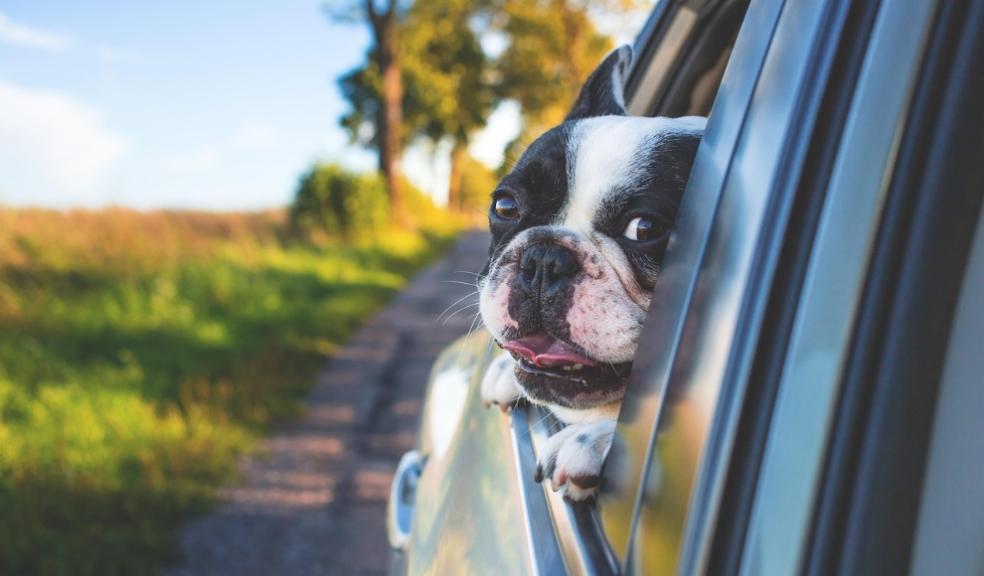
I’m a Dog Behaviourist – Here’s My Five Tips for Keeping Your Dog Relaxed on Road Trips
Searches for 'dog-friendly short breaks' have surged by a massive 171% in the last year alone. As interest in pet-friendly holidays grows, Rosie Bescoby, a Clinical Animal Behaviourist at Pure Pet Food, shares the importance of recognising anxiety in dogs while travelling.
"Dogs can't tell us when they're feeling overwhelmed, so they communicate through body language.
"Between strange noises, movements, and a feeling of being trapped, car journeys can be stressful for dogs.
"Recognising the subtle cues of travel anxiety is the first step to helping a dog feel safe and secure. This not only improves the dog's welfare but also ensures a much smoother and more enjoyable journey for everyone."
To help owners prepare for a road-trip getaway, Pure Pet Food has shared five ways to spot and manage travel anxiety in dogs.
1. Watch for subtle stress signals
A dog that is feeling anxious can become restless, whine, or seem unable to settle. Ignoring these early signs can lead to more obvious and severe problems like trembling, drooling, or even vomiting and diarrhoea in the car.
To manage this, it's important to pay close attention to your dog's behaviour from the moment a trip begins. If your dog is showing signs of being unsettled, it's a signal to take action to make the environment more comfortable. Never punish your dog for showing these behaviours, as this will only increase their anxiety.
2. Create a safe travel space
If your dog is constantly sliding around on the back seat, it has no stable footing and can't relax. Not only can this heighten their anxiety, but it's also a distraction for drivers, too.
Using a well-ventilated, crash-tested crate or a properly fitted dog seatbelt or harness is essential. This not only keeps your dog safe in the event of a sudden stop but also provides a secure, predictable space. Making this space comfortable with a familiar blanket or toy can also help create a positive association, turning it into a calming den rather than a scary box.
3. Build positive associations
If your dog isn't used to travelling in a car regularly, they may associate it with negative experiences, such as going to the vet or kennels.
This learned association means the anxiety can start long before the engine is even turned on. To change this perception, it's crucial to build a new, positive association with the car.
Start by spending short periods just sitting in the car with the dog without going anywhere, offering praise and high-value treats. Gradually progress to short, fun trips to a favourite park or for a walk, so the dog learns that the car leads to enjoyable outcomes.
4. Keep the environment calm
The constant stream of traffic, noises, and sights passing by the window can be exciting, but also overstimulating for your dog. Sensory overload can quickly lead to anxiety and stress, as your pup is unable to process everything that is happening around them.
To reduce this stimulation, consider covering the side windows or the dog's crate with a lightweight blanket, ensuring there is still plenty of ventilation. You can also play calming classical music or an audiobook at a low volume to help mask external noises and create a more soothing atmosphere inside the car.
5. Take regular breaks
Just like humans, dogs can get stiff and restless on long journeys. Being confined to a small space for hours on end can be physically uncomfortable and mentally draining, which can contribute to feelings of anxiety.
Plan a route that includes regular stops every one to two hours. This gives the dog a chance to stretch their legs, go to the toilet, and have a drink of water. A short walk away from the noise of the road can help to break up the monotony of the journey and release any pent-up energy, making it easier for them to settle down again when back in the car.







